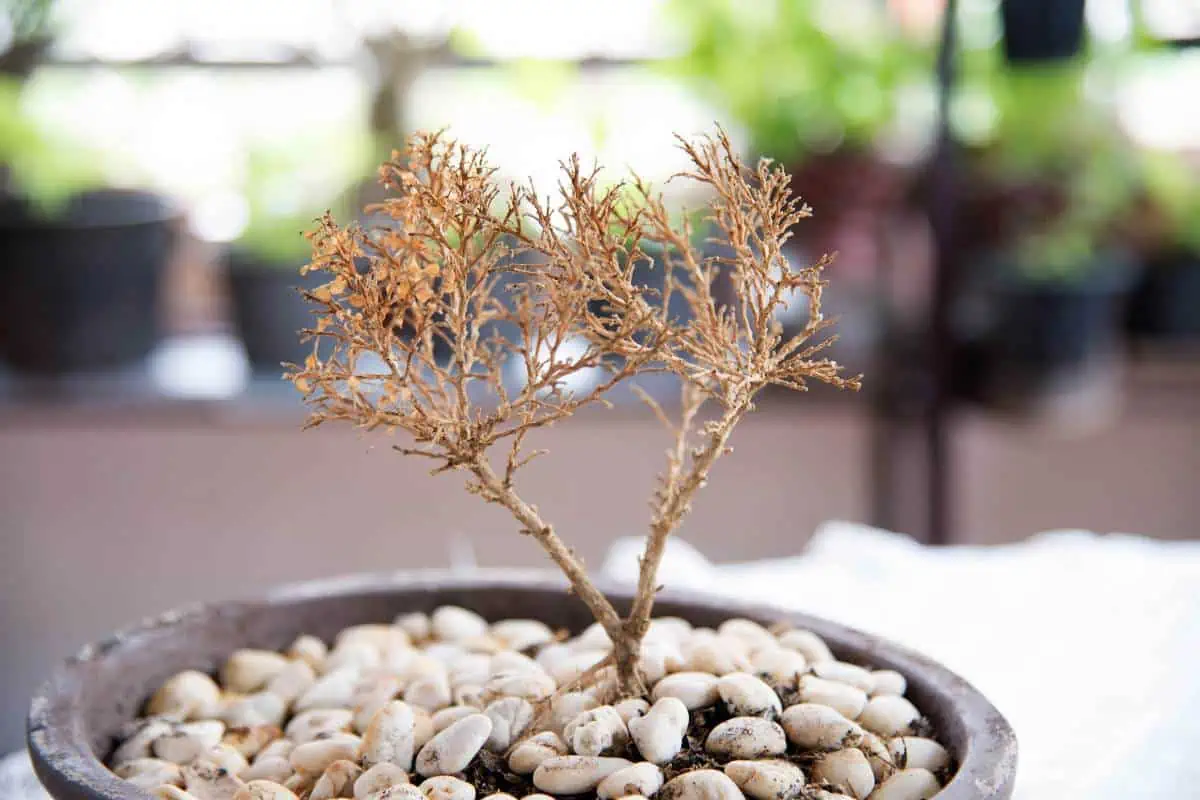Even the most experienced gardener may have trouble determining the health of their trees. Potted trees have different standards of care than outdoor trees. Indoor foliage is more susceptible to environmental changes like temperature, humidity, and disturbance.
Figure out if your potted tree is dead by using this list. In a lot of situations, the tree is probably dormant. It can be tempting to assume a leafless tree won’t put out new buds, but you’d be surprised. Especially after the winter, trees that were dormant until warm weather arrived can look dead for weeks.
Keep reading this article so you can tell the difference between dead and live potted trees.
How to Tell if a Potted Tree is Dead
From the get-go, there are several easy indicators that your potted tree has died. If there are insect holes, brittle branches and no new growth, or brown, curled-up leaves, it’s likely that the plant is no longer alive. Other signs can be harder to tell, especially if the tree is not deciduous or you’re unfamiliar with its regular growth pattern.
1. The tree’s leaves have died even though it is during the growing season.
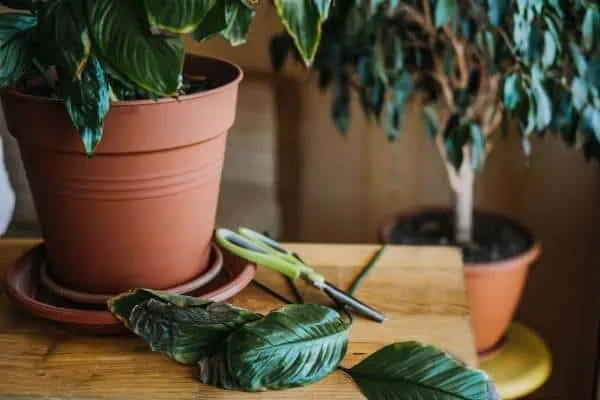
This method of testing if a tree is alive is especially pertinent to deciduous trees. Normally, deciduous trees drop their leaves in the fall and regrow new leaves in the spring. If one of these trees dies, its leaves will die too, no matter what season it is.
If you have a potted tree and its leaves have begun to die off suddenly, watch out. There may be further problems with the tree’s health. Check for fungus and insect infestations. You may be able to prevent the tree from dying if you act quickly enough.
2. The leaves remain on the branches well into winter.
This rule applies to deciduous trees as well. In outdoor environments, hardwood trees drop their leaves in the fall. However, dead trees won’t do this. The chemical signaling that loosens the bond between the leaf’s stem and the twig does not occur, so the leaf simply dies and remains attached to the tree.
This is not the case if you’re looking at an evergreen houseplant. Evergreen trees’ leaves stay green year-round. It is a sign of sickness or death, however, when a pine tree’s needles suddenly die or turn yellow.
3. The wood is not green.
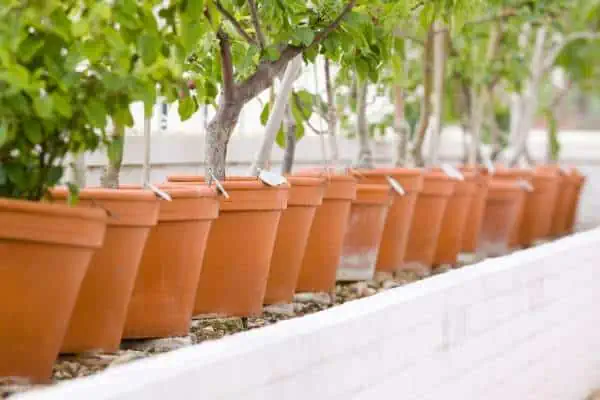
Living wood is a light green color. It can be easily spotted by peeling or cutting back bark. We don’t recommend doing this often to your tree, since it can disturb the tree or bother the aesthetics, but it’s a definitive way to check if the tree is alive or dead. Underneath the bark is the first layer of living tissue. You may not know that bark is actually dead.
It keeps its shape and hard structure because plant cells all have thick rigid walls. This prevents the tree from falling over or collapsing in on itself. It’s what makes a tree continue to stand after it has died.
4. The bark flakes off easily.
Dead and dying trees have no incentive to maintain structural integrity. If a tree is dead, the structures that make it up will slowly begin to break down. This is less obvious in potted trees, which are usually kept indoors.
It’s still possible to witness, however. Flaking off bark can indicate that the tree experienced health problems when it was alive. Once the structural integrity of a tree has been compromised, it is extremely difficult to cure or revitalize the tree.
In some cases, you may be better off letting go of your dying tree and beginning with a new one.
5. The branches and limbs are brittle and break easily.

Living trees’ branches are bouncy and resilient. They bend much more than they break. The brittle nature of dead trees makes them easy to tell apart from living trees. Why do dead trees’ branches become brittle? One word: dryness.
Water is the most important ingredient in live wood. It hydrates each plant cell and helps keep twigs pliable and springy. When a tree dies, the cells begin to dry out and prevent the
If you’ve ever accidentally put live wood on a campfire, you’re probably familiar with the plumes of white smoke. Much of that is evaporating water.
6. The tree ceases to put out new leaves or buds, even in sunlight and warm weather.
Springtime is the time in which plants issue new growth, trees put out fresh new leaves, and plants grow abundantly. You may be concerned if your potted tree doesn’t bud or unfurl new leaves.
A lack of springtime growth can be an indicator that a tree has died. This isn’t uncommon – harsh winters, improper fertilization, and bad watering routines can all spell demise for a potted tree.
7. Mushrooms or fungus are growing on the tree.
Visible mushrooms and fungus on a tree’s exterior are usually evidence of a larger systemic mushroom problem. Most mushrooms prefer to live and grow in and around dead or dying trees. They are more commonly found among trees in high-moisture environments.
If your tree has grown mushrooms, it’s extremely likely that it’s dead. Living trees are not hosts to these fungi. If you killed your potted tree by overwatering, this is one of the most common indicators of a dead tree.
8. There are wounds on the trunk.
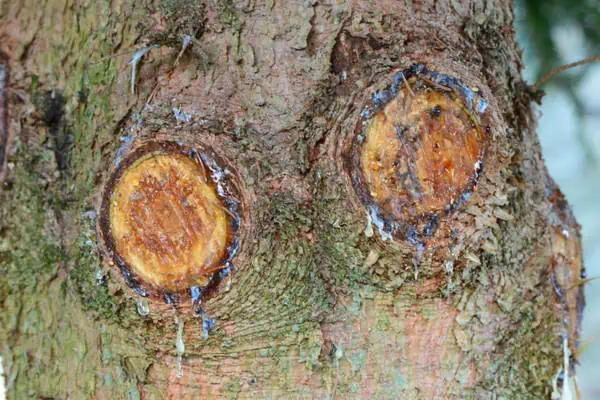
The trunk carries most of the weight of the tree. It also transports nutrients up from the roots and down from the canopy. Pests and fungi concentrate here to get at as much of the nutrients the tree can offer.
If you want to do a little detective work regarding what killed your tree, look at the bark. Boring insects create small circular holes,
Conclusion
It can be heartbreaking to realize that your potted tree isn’t going to make it. However, this list will help you confront the inevitable – and make sure you know what to look for when taking care of your other plants.
With that said, make sure you know what to look for when determining if a tree is actually dead. We were recently out of town during a hard freeze, and I was unable to bring my potted Japanese maple indoors. I was sure that it killed the roots, but as it turns out it is making a comeback and may return next year.
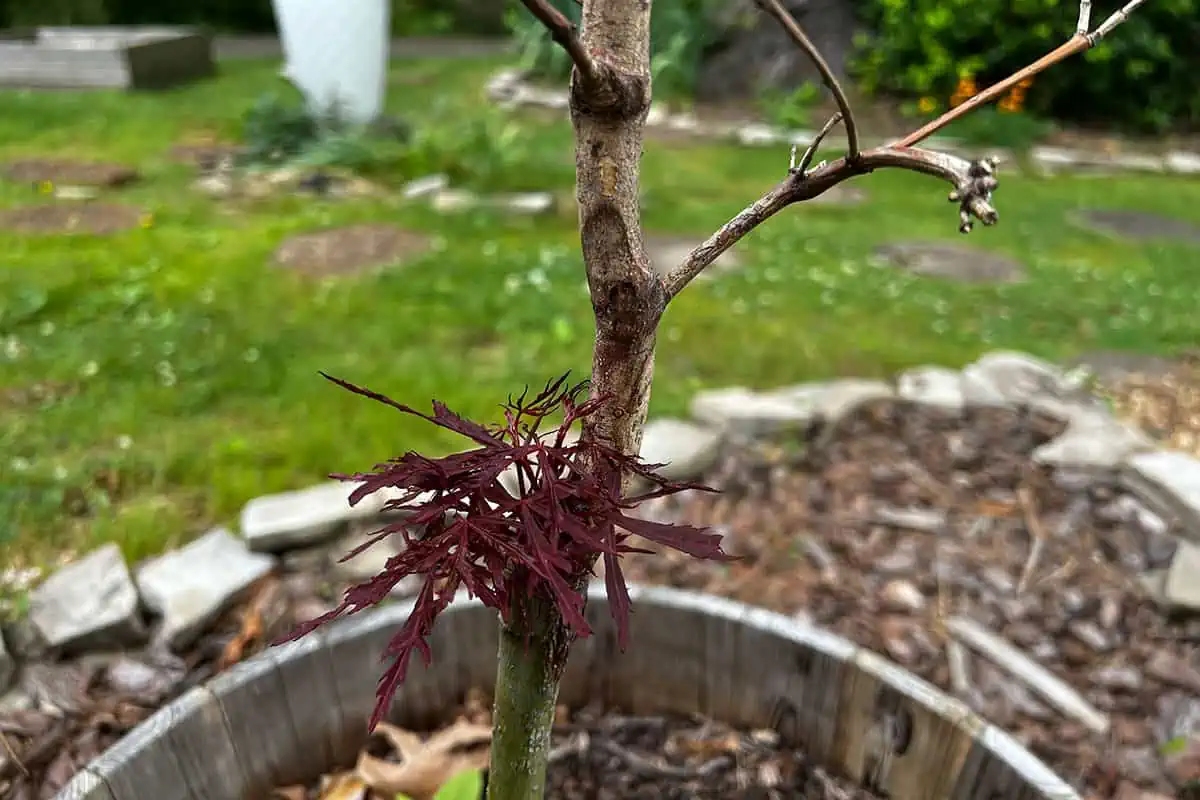
You’ll be able to use the lessons from your current tree to apply to any future trees you own. It takes time to succeed at gardening – keep working hard!
